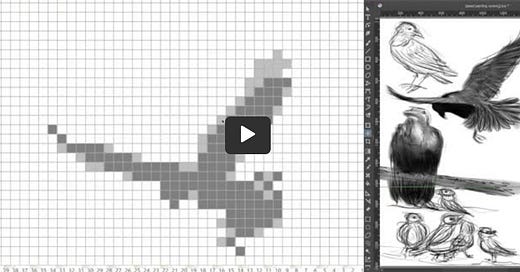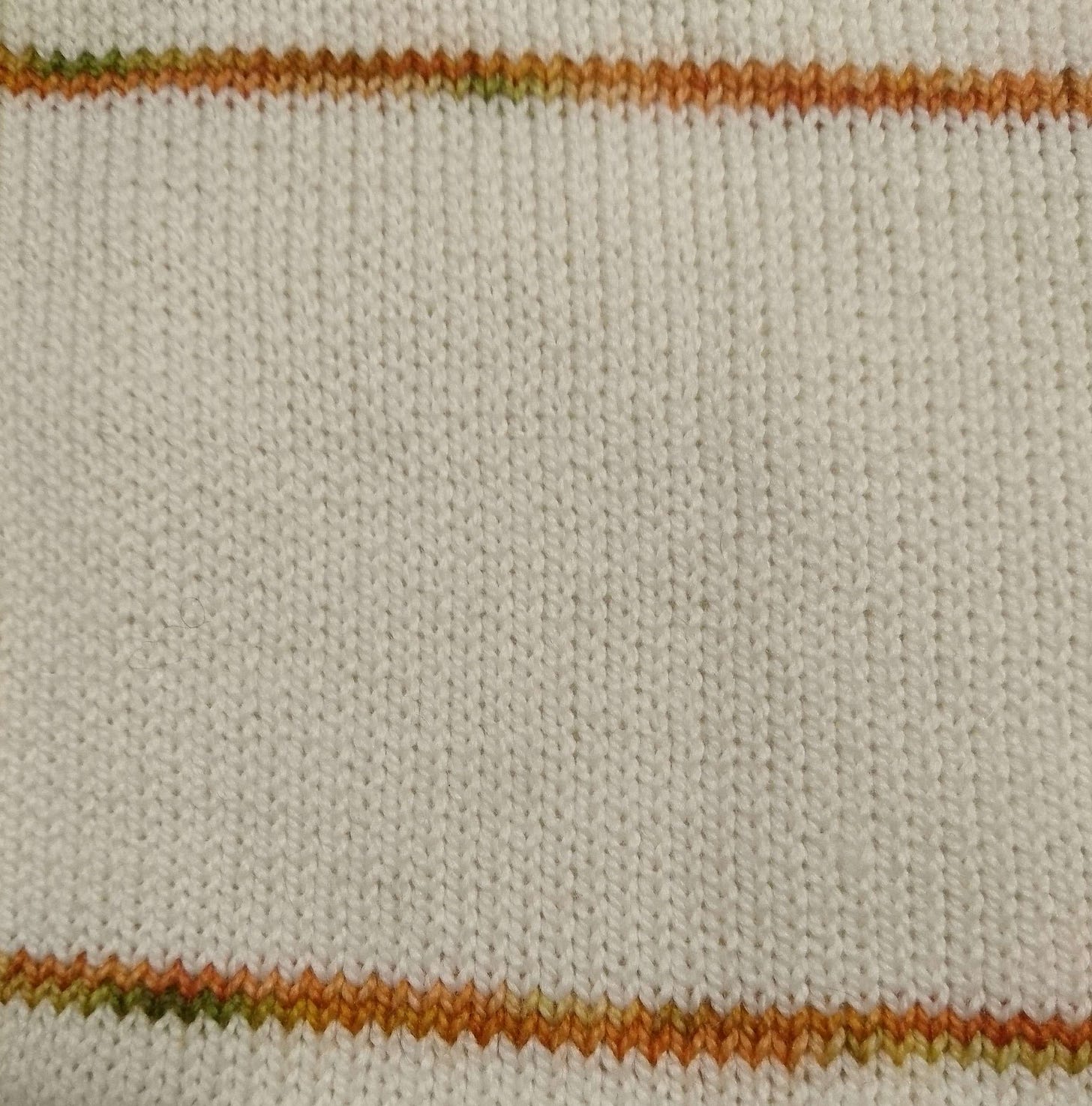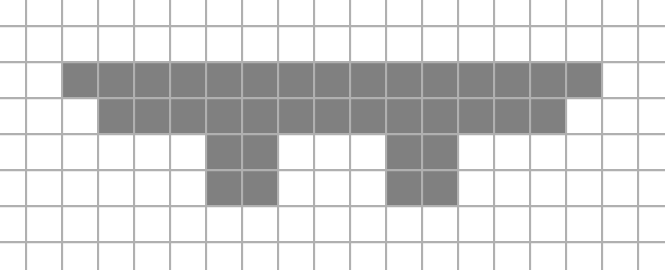There was no post last week. A chorus of frogs took up residence in my throat. They decided to have a rave. The illness that was these frogs left me without a voice and fatigued. Thus, no post, but it is another topic to write about.
I have a commission for a local shop. They want me to make small and tiny knitted drawstring bags for their holiday season. The small bags should have motifs on them in order to be eye catching. These small bags will hold tarrot cards, which means that witchy motifs are essential. Ravens, cats, stars, and moons. They are classic for a reason.
I am creating these motifs using colourwork. Colourwork is a knitting technique where two or more yarns are carried across the cloth while making a new row, switching out which yarn makes a new stitch to create a symbol or pattern. Knit designers make knitting patterns that use either written instructions and chart diagrams. I understand the charts best. Colourwork charts are coloured grids with each colour corresponding to one yarn. Each individual square represents one knit stitch in the cloth (or repeat).
Colourwork is also called stranded knitting, because of the strands of yarn that float across the wrong side of the cloth. It can also be called fair isle knitting, which is a Scandinavian technique that uses thin yarn and only two colours in each row.
Find more information about hand knitting colourwork here.
In the above video I show how I created a few colourwork motifs of a raven. First I think about the ravens (and crows) that I have encountered, and how they move. Then I find some images, and sketch them to get an idea of the proportions of this specific bird. After that the images are held aside as reference material while I open my stitch chart program, and begin trying to replicate those motifs.
When I am making colourwork I’m not trying to create a detailed image of the whole creature. I have limited space to work with, much like an 8-bit video game. In these motifs I am using only two yarns. There are two colours that are used to transmit information about a subject to the viewer’s brain, so every stitch — every pixel — counts.
Generally, I try to work with a silhouette, which means that studying single-coloured creatures has an advantage.
Even then, there are details that the human mind wants to see. Looking at the photo above we see the typical symbolic cat things. Two eyes? Ding. Four paws? Ding. Tail? Ding. Two ears? BZZZT. Unless we are obviously viewing Nummite’s face in profile we will expect to see two ears, so we must intentionally choose to include or exclude the second ‘hidden’ ear.
If I was going to turn this silhouette into a colourwork motif I start by examining the proportions and position of the figure. By looking at all of the body parts listed earlier, I know I would need more stitches than less. Nummite’s body is on a diagonal. Her body is perpendicular to her paws, ears, and tail. It makes a great photo, but increases the “challenge rating” to transform it into a colourwork chart. Either I straighten the silhouette to match the grid, or I use more ‘pixels’ to draw a diagonal line.
vs

The first image is more ‘flat.’ It is less dynamic than the second colourwork chart, but takes fewer stitches. Could I use a ginormous number of stitches and make a very detailed image or Nummite? Yes, there are programs that will convert images into knitting charts for you. It’s very convenient if you want to knit a photo of yourself and your best friend into matching sweaters. For my commission the smaller motifs fit on smaller canvases, and are better suited to my products.
I am going to continue working with my live models and photo references.
If you have the chance to find a real life model to study then do so! Life studies are much more informative than a 2D image. Go stare at your subject, even if you panic the local grocery store’s crows.






